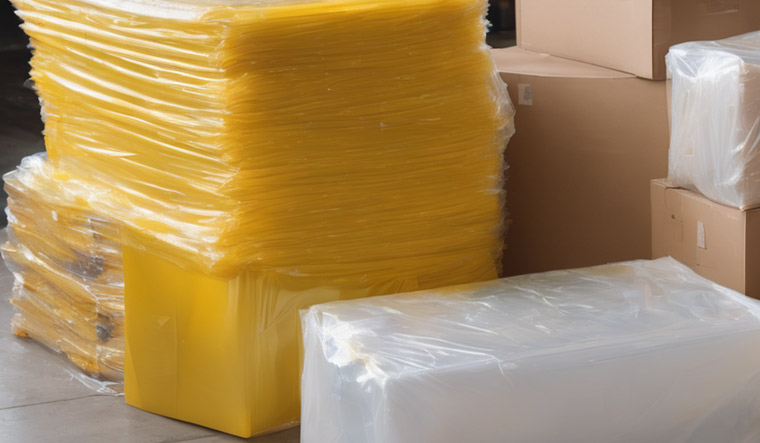
Researchers have achieved a significant breakthrough in the sustainable production of fumaric acid, a key component of biodegradable plastics. The new artificial photosynthesis technology effectively doubles the yield of fumaric acid production compared to previous methods, offering a promising solution for reducing carbon dioxide emissions and providing an innovative way to produce biodegradable plastics while reusing waste resources.
A research team from Osaka Metropolitan University has unveiled a groundbreaking advancement in the sustainable production of fumaric acid, a vital element in the creation of biodegradable plastics. This achievement comes amid heightened global concern over climate change and plastic pollution, positioning the research as a significant step towards a more sustainable future.
The innovative artificial photosynthesis technology developed by the researchers has the potential to revolutionize the production of fumaric acid, effectively doubling its yield compared to previous methods. This breakthrough not only promises a more efficient use of resources but also offers a potential solution for reducing carbon dioxide emissions, a critical environmental concern in today’s world.
Professor Yutaka Amao, leading the Research Center for Artificial Photosynthesis at Osaka Metropolitan University, expressed the importance of this advancement, stating, “This is an extremely important advancement for the complex bio/photocatalyst system. It is a valuable step forward in our quest to synthesize fumaric acid from renewable energy sources with even higher yields, steering us toward a more sustainable future.”
The research team’s accomplishment represents a significant stride in the sustainable production of fumaric acid, traditionally derived from petroleum, using renewable resources, carbon dioxide, and biomass-derived compounds. Their efforts hold the promise of reducing the environmental impact of plastic production while promoting the efficient use of waste resources.
